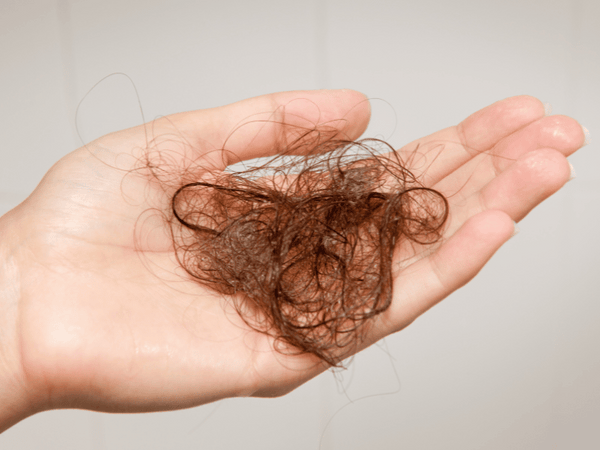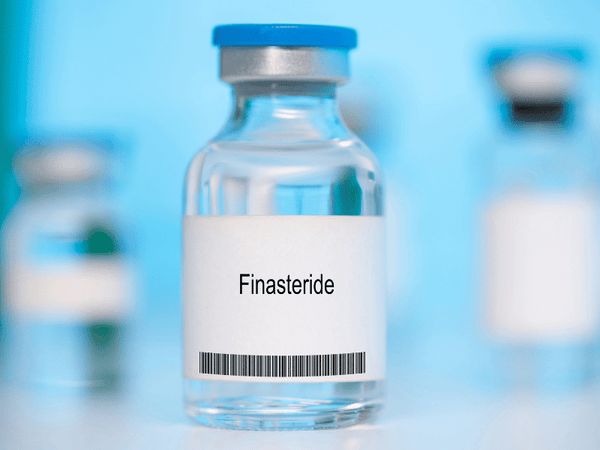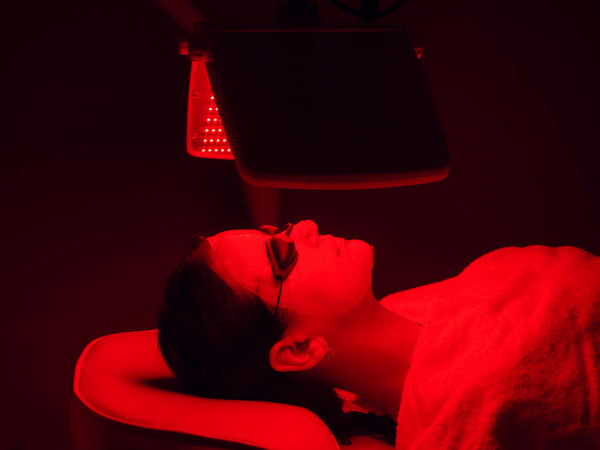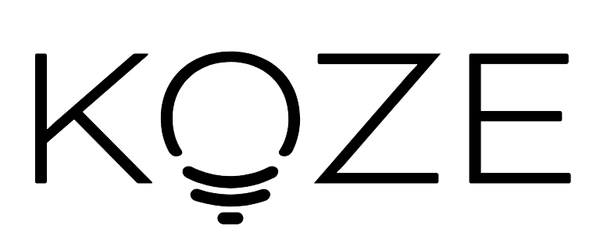
Best Hair Loss Treatment
Hair loss affects millions globally, significantly impacting self-esteem and social interactions. This comprehensive guide delves into the best hair loss treatments available, offering insights and practical solutions to help you regain not only your hair but also your confidence.
Understanding Hair Loss
What Causes Hair Loss?

Hair loss can stem from various sources, ranging from genetic factors to environmental influences and lifestyle choices.
Here are some of the primary causes:
-
Genetic Factors: Often referred to as androgenetic alopecia, this common form of hair loss is inherited and usually follows a pattern of thinning hair along the scalp.
-
Hormonal Changes: Events such as pregnancy, childbirth, menopause, and thyroid problems can all cause temporary or permanent hair loss.
-
Medical Conditions: Conditions like alopecia areata (an autoimmune disease that attacks hair follicles) and infections can lead to distinct patterns of hair loss.
-
Medications and Treatments: Certain medications, including those for cancer, arthritis, depression, heart problems, and high blood pressure, can cause hair loss as a side effect.
-
Nutritional Deficiencies: Lack of vital nutrients like iron, protein, and vitamins can lead to hair thinning and loss.
Understanding the underlying cause of your hair loss is crucial to determining the most effective treatment methods. Women may lose hair due to a variety of reasons, including aging, hormonal changes, and specific medical conditions, highlighting the importance of consulting a healthcare provider for sudden hair loss issues.
Types of Hair Loss

There are several types of hair loss, each with unique characteristics and treatment approaches:
-
Androgenetic Alopecia: Commonly known as male or female pattern baldness, this type affects men and women differently, typically resulting in a receding hairline and bald spots in men and thinning hair along the crown in women.
-
Telogen Effluvium: This temporary form of hair loss occurs after stress, a shock, or a traumatic event and usually involves widespread thinning.
-
Anagen Effluvium: Rapidly developing hair loss, typically as a result of chemotherapy or other medical treatments.
-
Traction Alopecia: Hair loss caused by pulling or tension on hair strands, often due to certain hairstyles or treatments that strain the scalp.
Diagnosing Hair Loss

Recognizing when to seek help is essential for effective treatment. Consider consulting a healthcare provider if you experience:
-
Sudden or patchy hair loss
-
More hair than usual comes out when combing or washing
-
Thinning hair without any obvious cause
A medical professional can perform tests such as blood work to check for nutritional deficiencies or hormonal imbalances, scalp examinations, and in some cases, a scalp biopsy.
Reviewing the Best Hair Loss Treatments
In this section, we explore various effective treatments for hair loss, from commonly prescribed medications to natural remedies and advanced techniques. With a wide array of options available to treat hair loss and the importance of early intervention in treating hair loss, individuals can find a treatment plan that suits their specific needs.
Minoxidil, often known by its brand name Rogaine, is a topical solution that has been proven to slow down further hair loss and is one of the first steps many take in their treatment journey.
Finasteride, or Propecia, is an oral medication that not only helps prevent hair loss but has also been shown to promote new hair growth in individuals experiencing hair thinning.
By exploring these treatments, individuals can take significant steps to regrow their hair and regain their confidence.
Medications
Minoxidil (Rogaine)

Minoxidil is one of the most accessible and widely used treatments for hair loss, particularly effective in cases of androgenetic alopecia. It's available over the counter in liquid or foam form and works by stimulating hair growth and prolonging the growth phase of hair follicles.
-
How it works: Minoxidil widens the hair follicle, allowing thicker strands to grow and extending the growth phase.
-
Application methods: Applied directly to the scalp twice a day, it’s crucial for users to be consistent to see benefits.
-
Expected results and timeline: Visible results can take from three to six months of consistent use. It's important to continue the application; otherwise, the progress may reverse.
Finasteride (Propecia)

Finasteride is another FDA-approved medication used primarily for male pattern baldness. It is a prescription drug that reduces the body's DHT levels, a hormone known to cause hair loss in men.
-
Benefits and mechanism: It lowers DHT levels, thereby reducing hair follicle shrinkage and enhancing hair regrowth.
-
Prescription requirements: Available only by prescription, it’s intended for male use and should be taken daily.
-
Potential side effects: It can cause a range of side effects, including sexual dysfunction and increased risk of prostate cancer. Consultation with a healthcare provider is recommended before beginning treatment.
Natural Remedies and Supplements
Essential Oils (Rosemary, Peppermint)

Natural remedies like essential oils have gained popularity for their ease of use and minimal side effects, often used in conjunction with other treatments.
-
Benefits and usage: Rosemary oil has been shown to stimulate hair growth similar to minoxidil. Peppermint oil, meanwhile, can increase circulation to the area, promoting further hair growth.
-
Research and effectiveness: Studies suggest that these oils effectively combat hair loss when applied regularly to the scalp in diluted forms.
Nutritional Supplements (Biotin, Vitamin D)
Nutrient deficiencies can significantly impact hair health. Supplementing your diet with essential vitamins and minerals can help mitigate hair loss and promote hair growth.
-
Importance of nutrients for hair growth: Biotin supports hair, skin, and nail health, while Vitamin D is linked to the production of new hair follicles.
-
Recommended dosages: Daily recommendations vary, but most supplements offer dosages suitable for a noticeable impact without excessive intake.
-
Possible interactions: Always consult with a healthcare provider, as some supplements might interact with other medications.
Advanced Hair Loss Treatments
Hair Transplant Surgery

For those looking for a more permanent solution, hair transplant surgery might be an option. Hair follicles are transferred from areas of the scalp with an abundance of hair to areas where there is a deficiency in hair.
-
Types of hair transplant techniques: The most common techniques are Follicular Unit Transplantation (FUT) and Follicular Unit Extraction (FUE).
-
Procedure overview: Both procedures involve extensive sessions under local anesthesia, with recovery times varying depending on the method used.
-
Recovery and results: While the surgery can offer definitive results, the recovery process may involve some swelling and discomfort. Hair growth from transplanted follicles will typically begin a few months after the procedure.
Low-Level Laser Therapy (LLLT)

Low-Level Laser Therapy is a form of light therapy that uses coherent light to stimulate hair growth at the cellular level.
-
Technology explanation: LLLT devices emit light that stimulates hair follicles, increasing energy production and reversing the miniaturization of follicles.
-
Home devices vs. professional treatments: Available as both home-use devices (like combs and caps) and professional treatments, LLLT offers a flexible approach to hair loss treatment.
-
Safety and efficacy: Generally considered safe, LLLT should be used as directed to avoid skin damage, with effects noticeable after consistent use over several months.
This section has covered the primary medical, natural, and advanced treatments available for hair loss, offering options ranging from simple topical applications to surgical interventions.
How Koze Health Red Light Therapy Can Help Address Hair Loss
Red light therapy, also known as low-level laser therapy (LLLT), is a non-invasive treatment that uses low-level lasers or light-emitting diodes (LEDs) to stimulate hair follicles and promote hair growth. Here's how red light therapy can help address hair loss:
Stimulates Hair Follicles
Red light therapy penetrates the scalp and stimulates the hair follicles, promoting increased blood flow and nutrient delivery to the follicles. This can help revitalize dormant follicles and promote the growth of thicker, fuller hair.
Reduces Inflammation
Inflammation of the scalp can contribute to hair loss. Red light therapy has anti-inflammatory effects, helping to reduce inflammation and create a healthier environment for hair growth.
Increases Cell Metabolism
Red light therapy can increase cellular metabolism and energy production in the scalp, which can help promote hair growth and improve the overall health of the scalp and hair follicles.
Improves Hair Density and Thickness
Studies have shown that red light therapy can improve hair density and thickness in individuals with androgenetic alopecia, a common form of hair loss. It can also improve the overall quality of the hair, making it stronger and more resilient to damage.
Safe and Non-Invasive
Red light therapy is a safe and non-invasive treatment option for hair loss. It does not cause any pain or discomfort and can be used in conjunction with other hair loss treatments for enhanced results.
How to Use Red Light Therapy for Hair Loss
Red light therapy devices for hair loss are available for home use. These devices typically consist of a helmet or cap embedded with red light-emitting diodes (LEDs) that are worn on the head for a specified period.
To use red light therapy for hair loss, simply follow the manufacturer's instructions for your device. Treatment times and frequencies may vary, so it's essential to use the device as directed for optimal results.
Lifestyle Changes to Prevent Hair Loss
While medical treatments can be effective, making certain lifestyle changes can also play a significant role in preventing hair loss and promoting hair health.
Diet and Nutrition
A balanced diet rich in essential nutrients can support hair growth and overall hair health.
-
Key nutrients for hair health: Include foods rich in iron, protein, omega-3 fatty acids, vitamins A, C, D, and E, zinc, and selenium in your diet.
-
Foods to include: Incorporate foods like leafy greens, nuts, seeds, fish, lean meats, and fruits into your meals.
-
Foods to avoid: Limit consumption of processed foods, sugary snacks, and high-fat foods, as they can contribute to hair loss.
Hair Care Practices
Proper hair care can help prevent damage and breakage, leading to healthier hair overall.
-
Suitable hair care routines: Use a mild shampoo and conditioner suitable for your hair type. Avoid excessive heat styling and harsh chemical treatments.
-
Products to avoid: Steer clear of products containing sulfates, parabens, and alcohol, as they can strip the hair of its natural oils and cause damage.
-
Tips for handling hair gently: Use a wide-tooth comb to detangle wet hair, and avoid brushing too vigorously, especially when hair is wet and more prone to breakage.
Stress Management Techniques
Stress can contribute to hair loss, so managing stress levels is crucial for maintaining healthy hair.
-
Connection between stress and hair loss: High-stress levels can disrupt the hair growth cycle, leading to increased shedding.
-
Effective stress reduction strategies: Practice mindfulness, yoga, meditation, or engage in regular physical activity to help reduce stress levels.
Incorporating these lifestyle changes into your daily routine can complement medical treatments and promote overall hair health.
Comparing Hair Loss Treatments
When considering the best hair loss treatment for your needs, it's essential to compare different options based on factors like efficacy, cost, and potential side effects.
Efficacy and Speed
Different treatments work at varying speeds and effectiveness levels:
-
Minoxidil: While it's effective for many, results can take several months to become noticeable, and not everyone sees significant regrowth.
-
Finasteride: Studies show that finasteride can significantly reduce hair loss and promote regrowth in many men, with results typically visible within six to 12 months of regular use.
Cost Considerations
The cost of hair loss treatments can vary significantly, depending on the type of treatment and the duration of use:
-
Minoxidil: Over-the-counter minoxidil is relatively affordable, with prices ranging from $10 to $50 per month.
-
Finasteride: Prescription finasteride can be more costly, ranging from $30 to $100 per month, depending on the brand and dosage.
Suitability and Side Effects
Each treatment comes with its own set of potential side effects and considerations:
-
Minoxidil: Common side effects include scalp irritation and unwanted hair growth on the face and hands. It's generally safe for most people, including women.
-
Finasteride: While effective, finasteride can cause sexual side effects in some men, including decreased libido and erectile dysfunction. It's not recommended for women, especially those who are pregnant or may become pregnant.
It's crucial to consult with a healthcare provider to determine the best treatment option based on your individual needs and health status.
Conclusion
Hair loss is a common condition that can have a significant impact on self-esteem and quality of life. However, with advancements in medical treatments, natural remedies, and surgical procedures, there are now more options available than ever before to address hair loss and promote hair regrowth.
By understanding the underlying causes of hair loss, exploring different treatment options, and making lifestyle changes to support hair health, many individuals can effectively manage their condition and regain confidence in their appearance.
It's essential to consult with a healthcare provider or hair loss specialist to determine the best treatment plan for your individual needs. Whether you choose medications like minoxidil or finasteride, natural remedies like essential oils and supplements, or advanced treatments like hair transplant surgery or low-level laser therapy, the key is consistency and patience.
Remember, results may vary, and it's important to set realistic expectations. With dedication and the right approach, you can take control of your hair loss journey and restore your hair and confidence.

